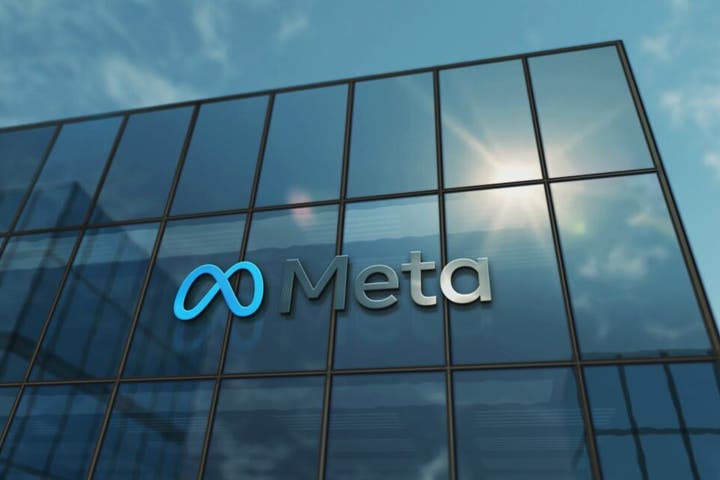Prominent financial analyst Jim Chanos has recently cast a critical eye over Meta Platforms’ formidable $210 billion technology infrastructure, suggesting its accounting methods might be painting an overly optimistic picture of its financial health. This scrutiny centers on the disparity between the rapid obsolescence of cutting-edge artificial intelligence hardware and the company’s long-term depreciation schedules, sparking a significant debate within the investment community about corporate transparency.
Chanos specifically highlighted Meta’s practice of depreciating its substantial capital base, which stood at $210 billion as of June 30, over an extended period of 11 to 12 years. He argues that if the true economic life of critical components like Graphics Processing Units (GPUs) is realistically only two to three years, then a substantial portion of Meta’s reported profits could be materially overstated, raising serious questions about the sustainability of their current earnings.
This accounting controversy emerges even as Meta Platforms reported robust financial results for the quarter, with revenues reaching $47.52 billion, comfortably surpassing analyst expectations. The company also posted impressive earnings per share of $7.14, outperforming estimates, seemingly painting a picture of strong operational performance despite underlying concerns about its capital accounting.
Despite the strong top-line figures, Meta’s capital expenditures have been soaring, hitting $17.01 billion in the second quarter, with full-year guidance projected between $66 billion and $72 billion. Projections for 2026 even suggest these expenditures could approach an astounding $100 billion, largely driven by the company’s aggressive investment in advanced AI infrastructure and data center expansion.
The debate around hardware depreciation is not exclusive to Meta; it reflects a broader industry challenge where technological advancements outpace traditional accounting conventions. Notably, Amazon Web Services (AWS), another technology giant, has already adjusted its server equipment useful life, which consequently impacted its reported operating income, signaling a potential shift in how big tech companies account for their rapidly evolving assets.
Interestingly, despite these significant accounting concerns raised by the short seller, Meta shares experienced an immediate surge, climbing over 11% in after-hours trading following the earnings report. This market reaction underscores investor confidence in Meta’s underlying business model, which boasts a healthy 43% operating margin and generated $8.55 billion in free cash flow, indicating strong operational efficiency.
The company’s massive investments are strategic, aiming to capitalize on the burgeoning demand for global data center capacity, with AI workloads anticipated to constitute a significant 28% of overall usage. This aggressive push into AI infrastructure is critical for Meta’s long-term vision, even as it navigates complex discussions around how these substantial capital outlays are accounted for on its balance sheet.
Ultimately, the discourse initiated by Jim Chanos prompts a crucial examination of how major technology firms, like Meta Platforms, manage their financial reporting amidst rapid technological shifts. It highlights the intricate balance between reporting strong quarterly results and accurately reflecting the true economic lifespan of their high-value, fast-depreciating assets, a challenge that will continue to shape investor perceptions and corporate governance standards within the tech industry.






Leave a Reply